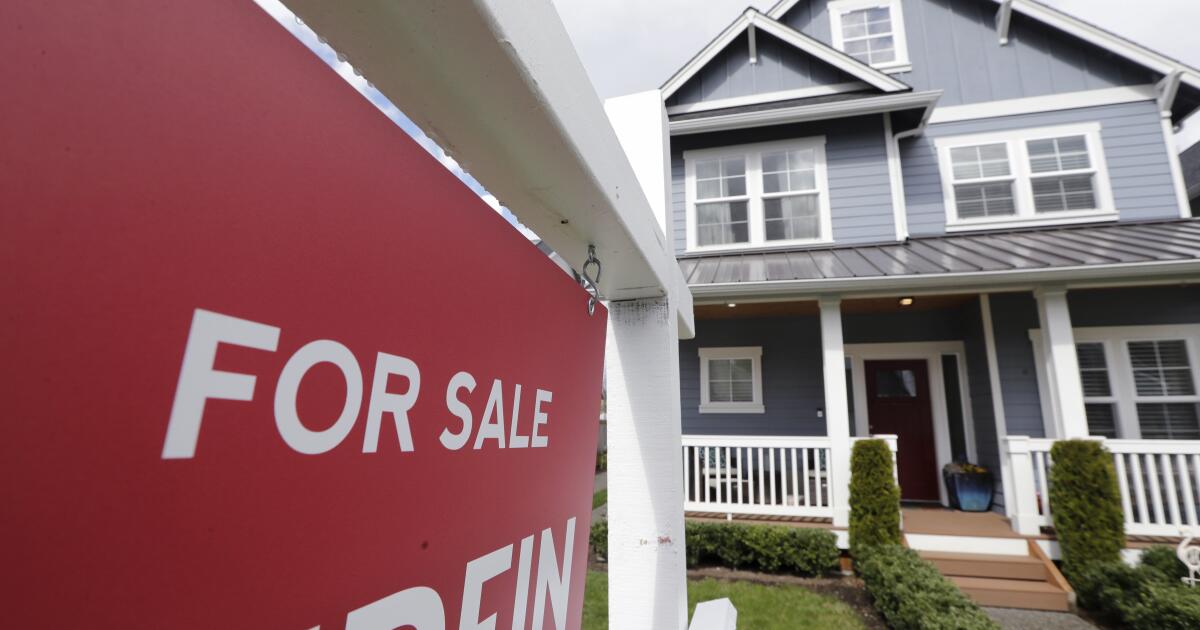Melbourne renters are being hit by rising prices and shrinking options, as affordability rapidly deteriorates across the city.
Melbourne tenants have been hit with a $15 a week rent rise in the first three months of 2025.
Latest PropTrack rental data has revealed the shock reversal after the city had recorded consistently flat figures for the tail end of 2024.
And the 2.7 per cent increase in the cost of a lease in the March quarter has sparked fresh warnings that tenants will need to look at share houses and relocating to survive the hikes.
RELATED: First-home buyers beat families, downsizers to Werribee pad
South Yarra pad with epic garage, rooftop pool gets massive price cut
‘It’s a bit MAFS’: Melb landlord’s $3k+ offer to love-struck tenants
The $15 extra a week will mean $780 a year going from tenants to landlords.
PropTrack’s figures also show the difference between renting a house and a unit in Melbourne has now narrowed to just $10 a week, signalling a sharp squeeze on the city’s most affordable homes.
The median advertised rent across all Melbourne rentals rose to $575 a week — up from $560 at the end of December.
Apartment rents surged 3.6 per cent to $570 and house rents held steady at $580.
REA Group senior economist Anne Flaherty said the rebound was being driven by strong population growth and a shrinking rental pool.
“Victoria led the nation in net interstate and international migration,” Ms Flaherty said.
“At the same time, Melbourne lost a net 22,000 rental properties in just 12 months due to investors selling up.”
Landlords are cautiously watching the market rebound, with some still exiting despite rising weekly rents. Photo: iStock
The economist said the result was a tightening market and rising prices, particularly for smaller dwellings.
“We are absolutely at the beginning of a new growth cycle,” she said.
“And rental supply isn’t keeping pace with population growth.”
Hockingstuart and Belle Property’s Anthony Webb said renters are being pushed further out or forced to share. Picture: supplied/ Mind the Gap
Hockingstuart and Belle Property Victoria director Anthony Webb said the return of rent growth in Melbourne was being felt across all corners of the market.
“We’re seeing people move further out, settle for older or smaller homes, or go back into share houses to manage the cost,” Mr Webb said. “People are being forced to make choices they wouldn’t have even considered a year ago.”
Mr Webb said Melbourne’s relative affordability was no longer protecting tenants from financial stress.
“It’s still one of the cheapest capitals on paper, but when you’ve got less choice and more competition, the pressure feels the same — or worse,” he said.
Tenants are making tough choices — downsizing, moving to outer suburbs, or splitting homes to afford rent.
The Hockingstuart and Belle Property Victoria director said many landlords were continuing to exit the market despite rising rents, limiting the recovery in rental stock.
“We’re still seeing more investors leave than return,” Mr Webb said.
“There’s uncertainty around legislation, land tax, and compliance, and that’s keeping supply tight.”
National Shelter chief executive Karen Walsh said the impact was being felt particularly hard by renters on low to middle incomes.
Melbourne’s median rent jumped 2.7 per cent in the March quarter, the city’s first increase in six months. Picture: NewsWire / Andrew Henshaw
“Victoria has some of the strongest renter protections in the country, but that doesn’t stop people from being priced out,” Ms Walsh said. “People are paying more than half their income on rent, skipping medication, and relying on food banks.”
Ms Walsh said while Melbourne’s median rents were still below Sydney and Brisbane, the rate of growth meant affordability was eroding fast.
“We’re seeing working families pushed to the margins,” she said.
Young renters are bearing the brunt of Melbourne’s rental squeeze, with affordable inner-city options vanishing fast. Picture: Tony Gough
“And many of them should be in social or community housing, but the supply just isn’t there.”
The National Shelter chief executive said long-term investment in affordable housing and consistent national standards were essential.
“We’re already short 640,000 affordable homes, and Victoria is carrying a large part of that burden,” Ms Walsh said.
“What we need now is action, not more waiting.”
Sign up to the Herald Sun Weekly Real Estate Update. Click here to get the latest Victorian property market news delivered direct to your inbox.
MORE: Kim K’s major $96m home reno revealed
South Yarra pad with epic garage, rooftop pool gets massive price cut
Six-figure bonus for artist’s house in Sunshine West
david.bonaddio@news.com.au



















 English (US) ·
English (US) ·